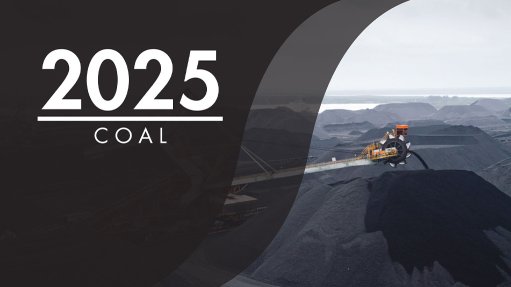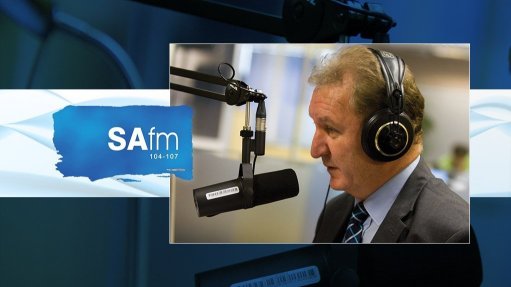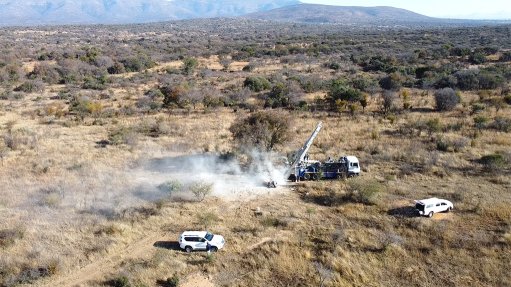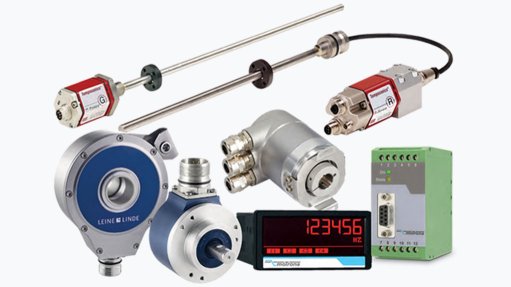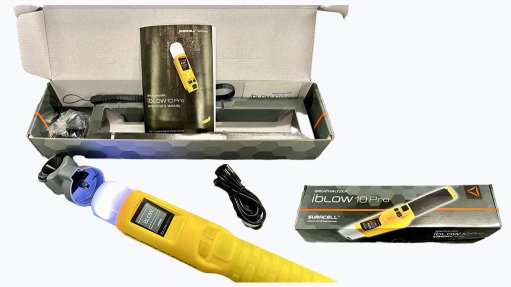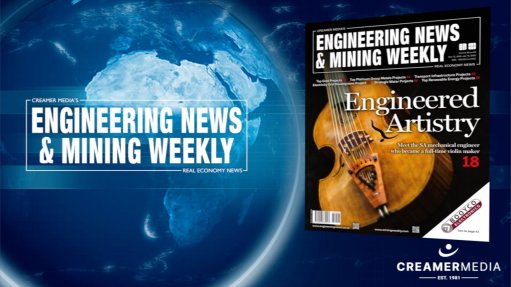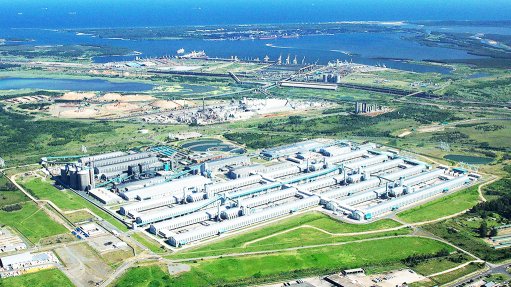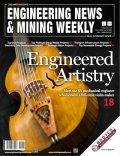Time to burn rubber on tyre recycling
This article has been supplied.
Vast tailings dams, giant-tyre burial grounds and leaky water stewardship will all be regulated out of mining’s future. Tyre Stewardship Australia’s Lina Goodman thinks one part of that future could be just around the corner.
The TSA CEO described the recently released National Project on Options for End-of-Life Tyres as a significant piece of research into how Australia managed used tyres, including more than 100,000 tonnes of tyres buried at mine sites each year.
The Western Australian Government-led project reported that a national industry-led Tyre Product Stewardship Scheme was generating benefits but fell short in key areas. The scheme was set up to boost resource recovery and recycling and to minimise environmental, health and safety impacts of used tyres. But to achieve more a regulated framework was vital, according to the TSA.
“As with all voluntary schemes it faces inherent limitations including free riders, the ongoing cost burden on communities and missed opportunities for advanced manufacturing,” the body said.
“For the first time, governments now have a substantial evidence base to inform next steps. TSA calls on federal and state environment ministers to progress to a comprehensive cost-benefit analysis of a regulated product stewardship scheme for tyres.
“This is a pivotal moment to secure better environmental, economic and industry outcomes.”
Australia is a major global market for ultra-class surface mining trucks and the industry’s biggest underground vehicles. It has been one of the world’s largest markets for off-the-road (OTR) tyres, which can cost US$40,000 each, for 50 years.
The International Council on Mining and Metals (ICMM) said earlier this year improving circularity in mining was critical to achieving a “net-zero, nature-positive future” underpinned by responsibly sourced materials. The council, whose members include a number of the world’s largest mining companies, referenced a 2023 TSA report that indicated the industry accounted for 80% of an estimated 245,000 tonnes of OTR tyre, conveyor belt and vehicle track waste generated annually.
“Yet less than 5% of OTR tyres used in mining are recovered,” the ICMM said.
“Mine sites are reliant on a range of resources and produce a number of different waste streams. A key waste stream is tyres, essential components of haul trucks and other vehicles used to transport ore and other materials.
“Circularity can be an important approach to meeting the [minerals and metals] demand required for the energy transition while limiting waste production and its impacts on the environment. Through the development of new and innovative approaches, tyre waste and associated environmental impacts can be reduced and new value unlocked.
“But close collaboration between industry, local communities and stakeholders is key for circular strategies to succeed.”
TSA’s 2023 report said Australia’s OTR tyre market was forecast to grow at more than 6% a year from 2022-2027. Its latest annual review again highlighted a “tale of two sectors”, with about two-thirds of the 537,000t of end-of-life tyres generated in the country in 2023-24 recovered through reuse, recycling or energy recovery. An estimated recovery rate of 87% was achieved for passenger, truck and bus tyres but only 13% for mining and agriculture OTR tyres. For mining alone the recovery rate was put at less than 5%, with most waste buried on site.
Goodman says available data shows mining presents a “complex picture of excellence and failure”. When mining companies recover tyres they demonstrate a commitment to circular outcomes by prioritising repair and high-value recycling. However, recovery rates are miniscule. “The mining industry does the right thing when they recover tyres … but they shouldn't get a free pass to bury 109,000t annually onsite while every other industry faces strict waste disposal requirements. That’s not sustainable and it’s not fair,” she says.
She says Australia’s high on-road tyre recovery rate also masks “an underlying failure to create genuine circular economy outcomes” since more than half of Australia’s recovered tyres were used in fuel and other energy applications, much of its offshore, and not recycled into products with continuous lifecycles. Recycling capacity is a barrier but wider changes are needed to accelerate change.
“Australia's accredited tyre recyclers should be commended for their pursuit of end-of-life tyre recovery in the passenger, truck and bus sectors,” Goodman says.
“They've built collection networks and processing infrastructure that works and proven that high recovery rates are achievable when there’s commitment to proper stewardship.
“The challenge is extending this success to the mining sector, which generates the heaviest tyres but has the lowest recovery rates.
“Each sector has half the solution.
“The passenger, truck and bus tyre value chain has mastered recovery logistics but needs to focus on circular value.
“Mining knows how to create better circular economy outcomes but lacks recovery infrastructure.
“Although the overall recovery rate of mining tyres is low we’re seeing encouraging signs that mining companies are demanding – of themselves and their downstream partners – greater circular outcomes for the valuable resources contained in tyres.
“If this current trajectory continues the mining industry will drive significant improvement in the reuse and recycling of tyres in Australia.
“We believe it’s now time to give TSA-accredited recyclers the reins to support the OTR sector and show the world that Australia can set the pace in transforming how we manage these giant tyres.”
Intelligent public policy and regulated product stewardship can speed this process, TSA believes.
It says the WA Government-led tyre management project report “identifies a critical opportunity for governments to expand recovery systems and stimulate higher-value markets”.
“Shifting end-of-life tyres into advanced recovery pathways could unlock tens of millions — and potentially more than A$100 million — in added resource value each year.
Goodman says: “Nothing will change unless government steps in with proper regulatory measures.
“Every tyre we export for tyre-derived fuel is a missed opportunity for resource recovery, local jobs and investment. We have the collection systems, we're building the end markets and we have companies committed to doing the right thing: we just lack the regulatory backbone to make it happen.”
“Now is the time to unlock the full potential of this industry and show that Australia can lead the world in tyre circularity – not just recovery rates, but genuine circular value creation.”
‘The challenges of making circularity business as usual’, an important panel discussion at this year’s International Mining and Resources Conference + Expo (IMARC) in Sydney, will feature Goodman, Vale general manager, future use, Gustavo Roque; Viva Energy Australia’s head of future fuels and decarbonisation, Vanessa Lenihan; and Katherine Courtney, principal adviser, strategy and growth, at consulting firm, Xenith.
The Off-the-Road Mining Tyre & Belt Forum, hosted by TSA, will also be held during IMARC, which runs from October 21-23 at ICC Sydney.
Article Enquiry
Email Article
Save Article
Feedback
To advertise email advertising@creamermedia.co.za or click here
Announcements
What's On
Subscribe to improve your user experience...
Option 1 (equivalent of R125 a month):
Receive a weekly copy of Creamer Media's Engineering News & Mining Weekly magazine
(print copy for those in South Africa and e-magazine for those outside of South Africa)
Receive daily email newsletters
Access to full search results
Access archive of magazine back copies
Access to Projects in Progress
Access to ONE Research Report of your choice in PDF format
Option 2 (equivalent of R375 a month):
All benefits from Option 1
PLUS
Access to Creamer Media's Research Channel Africa for ALL Research Reports, in PDF format, on various industrial and mining sectors
including Electricity; Water; Energy Transition; Hydrogen; Roads, Rail and Ports; Coal; Gold; Platinum; Battery Metals; etc.
Already a subscriber?
Forgotten your password?
Receive weekly copy of Creamer Media's Engineering News & Mining Weekly magazine (print copy for those in South Africa and e-magazine for those outside of South Africa)
➕
Recieve daily email newsletters
➕
Access to full search results
➕
Access archive of magazine back copies
➕
Access to Projects in Progress
➕
Access to ONE Research Report of your choice in PDF format
RESEARCH CHANNEL AFRICA
R4500 (equivalent of R375 a month)
SUBSCRIBEAll benefits from Option 1
➕
Access to Creamer Media's Research Channel Africa for ALL Research Reports on various industrial and mining sectors, in PDF format, including on:
Electricity
➕
Water
➕
Energy Transition
➕
Hydrogen
➕
Roads, Rail and Ports
➕
Coal
➕
Gold
➕
Platinum
➕
Battery Metals
➕
etc.
Receive all benefits from Option 1 or Option 2 delivered to numerous people at your company
➕
Multiple User names and Passwords for simultaneous log-ins
➕
Intranet integration access to all in your organisation




